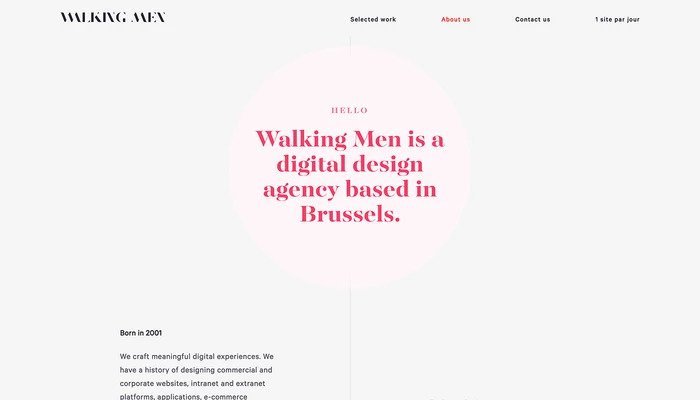International Typographic Style is a graphic design style that emerged in Russia, the Netherlands, and Germany in the 1920s and was further developed by designers in Switzerland during the 1950s. The style is also associated with a preference for photography in place of illustrations or drawings.
The typeface I will be exploring about is Helvetica. The principles of the International Typographic Style are: cleanliness, readability and objectivity. The principals are obvious in the type face Helvetica:

Helvetica was created by Max Miedinger and Eduard Hoffmann in 1957 and was meant to be simple and clean—a set of letters that would disappear to let the words speak for themselves.
As time goes, this font has gained massive amount of popularity. The neutrality of Helvetica was designed specifically not to have much impact or evoke any meaning. Due to this, its usage is very versatile and adaptive for different types of projects and web designs as seen online nowadays.
In my opinion, this font is both classic and modern, conservative and edgy, elegant and relaxed. Its sleek and modern lines are easy to the eyes and suitable for an untrained eye. It is almost it introduced a new era with a new look, which was opposite of all the kitschy, fancy, decorative typography that covered corporate materials and advertisements in the past.














